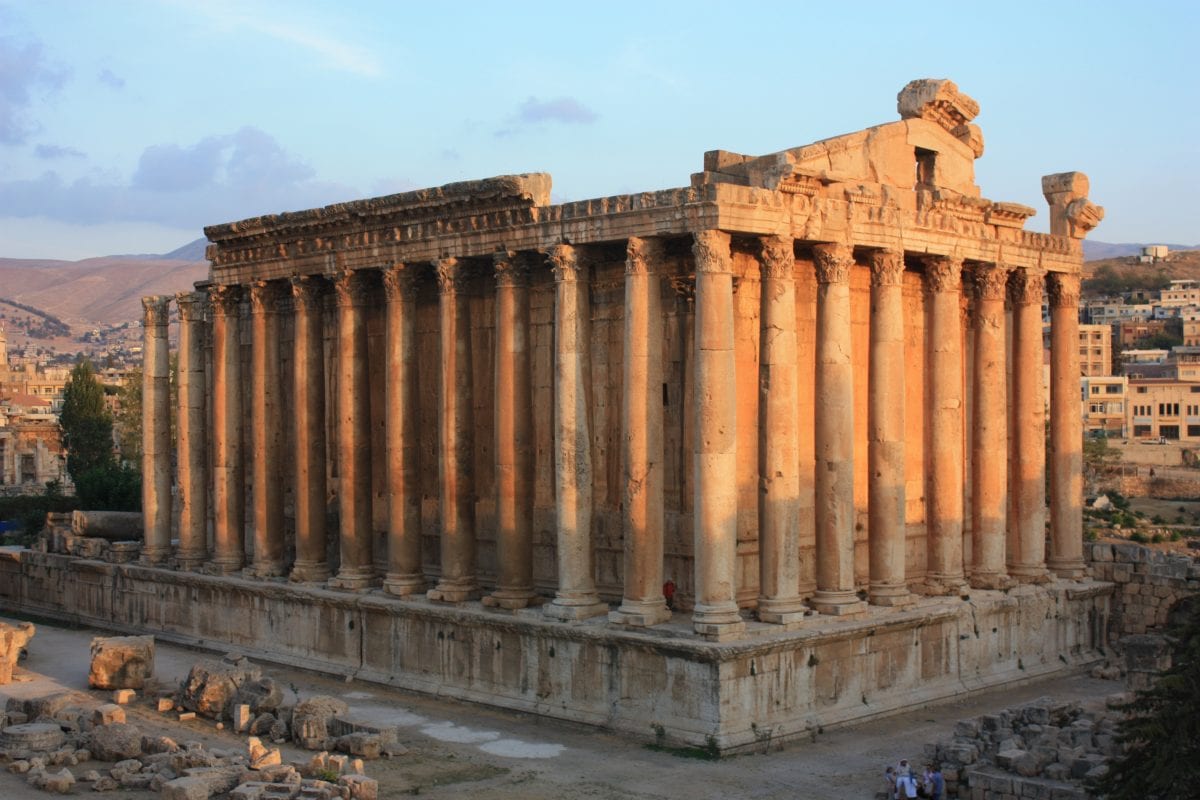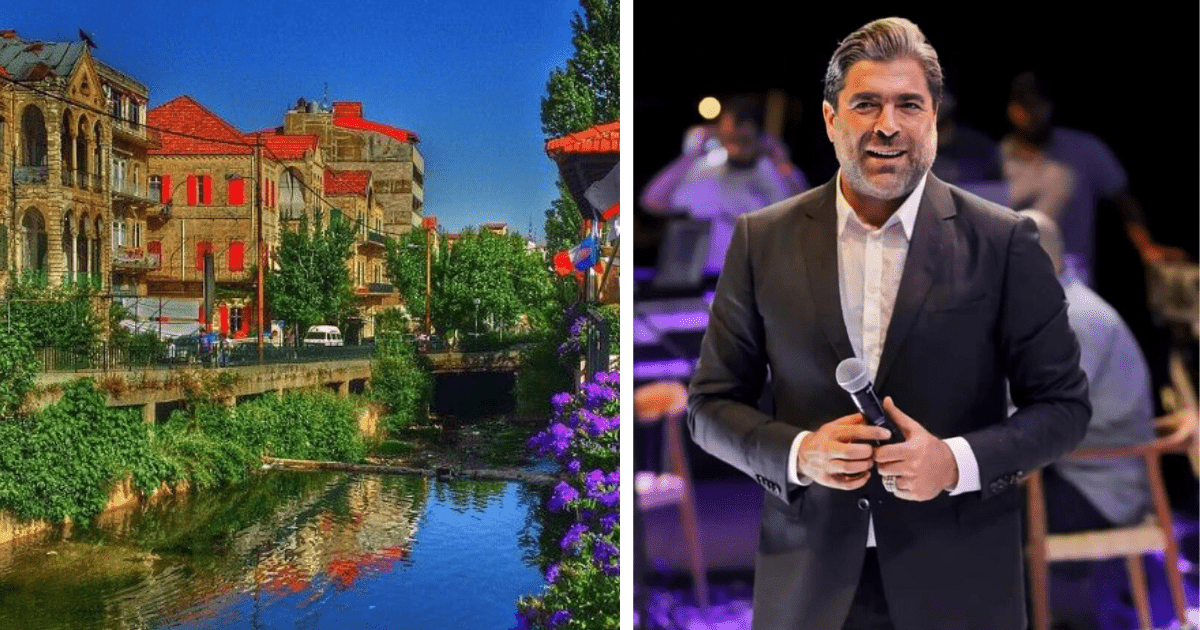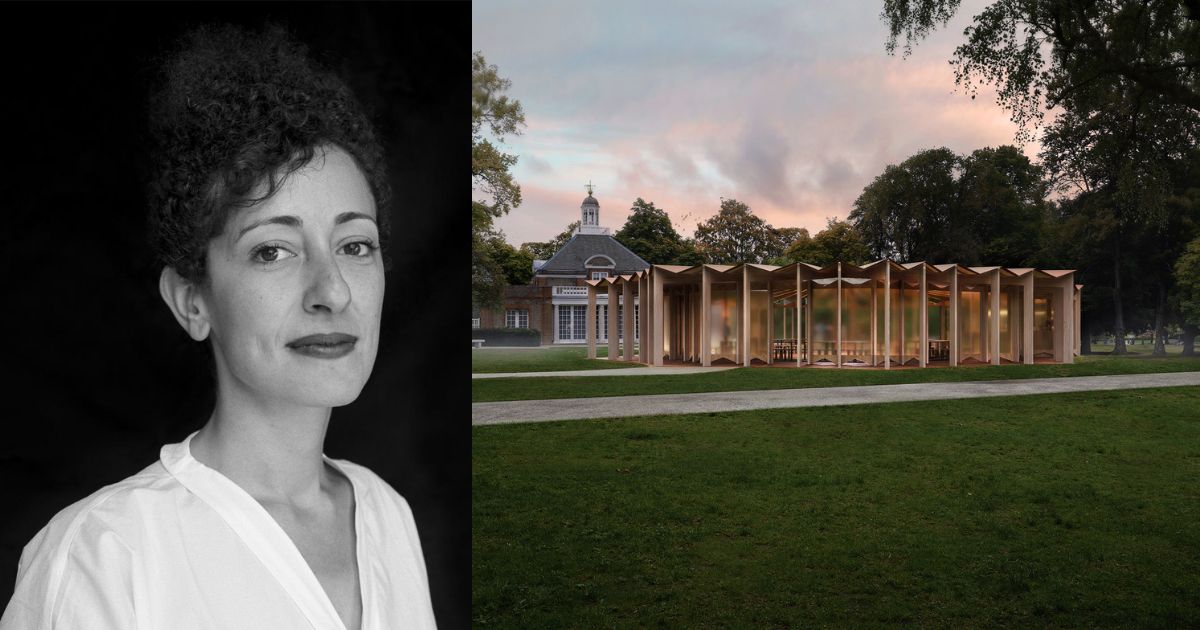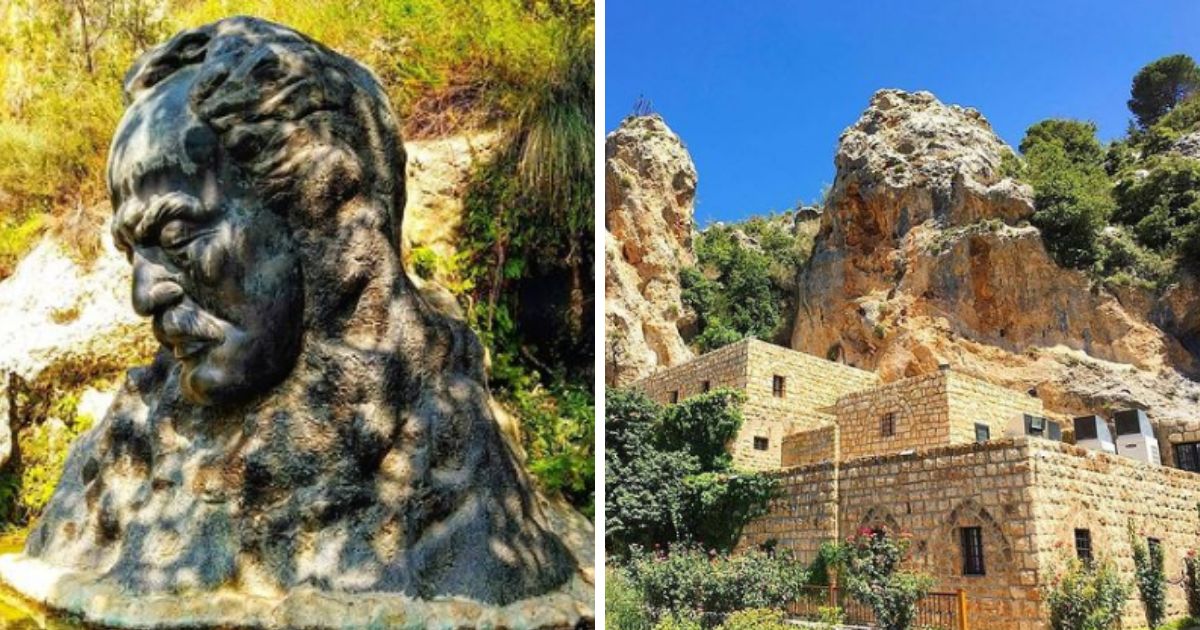Lebanon is a country that has more than 7,000 years of history. National Geographic declared that Lebanon is one of the world’s oldest countries.
These are Lebanon’s 5 UNESCO World Heritage Sites!
Anjar
Anjar was established during the Umayyad period by Caliph Walid I at the beginning of the 8th century.
The ruins of Anjar are the walls of the Umayyad palace and many pillars which include some elements of the Roman architectural style. It’s basically a fortified city that is surrounded by walls.
The city was never completed and enjoyed only a brief existence. Caliph Ibrahim, son of Walid, was defeated and Anjar was left abandoned.
Archaeologists discovered the site of this ancient city at the end of the 1940s. It’s a perfect testimony of the Umayyad civilization.
Baalbek

Baalbek is a Phoenician city that attracted thousands of pilgrims in the ancient times. It is home to the temples of Bacchus, Jupiter, Venus and Mercury, and the Odeon. The latter is a building used for musical performances and poetry competitions.
The Temple of Bacchus is one of the largest Roman temple ruins in the world. It is one of the most impressive testimonies of the Roman architecture of the imperial period.
Get to know the untold secrets of Baalbeck!
Byblos
Byblos, or Jbeil, is a coastal region in Mount Lebanon and the first city of Phoenicia, an ancient civilization. It is one of the 20 oldest cities in the world. The city has been continuously inhabited ever since it has been established in 5,000 B.C.
The first inscription in the Phoenician alphabet was found on the sarcophagus of Ahiram who was the Phoenician king of Byblos! Byblos is home to many historical sites, including the Temple of the Obelisks built between 1900 B.C. and 1600 B.C., and the ancient port that dates back to 3000 B.C.
“Byblos is a testimony to a history of uninterrupted construction from the first settlement by a community of fishermen dating back 8000 years,” according to UNESCO.
Qadisha Valley and the Forest of the Cedars of God
Qadisha Valley is a gorge that lies within the Bcharre and Zgharta districts in Northern Lebanon. The valley has housed Christian monastic communities for many centuries.
Historians believe that monastic communities and Sufis visited the valley in search of meditation and solitude.
The Cedars of God is the most famous cedar patch and one of the last vestiges of old-growth forests. It is also one of the rarest sites where the Cedrus libani still grows.
The Phoenicians used cedar wood to build their strong ships. That’s how Phoenicia became the world’s first sea-trading civilization.
Tyre
Tyre dates back to 2,750 B.C. It was one of the two leading city-states in Phoenicia and is among the world’s 20 oldest cities. Tyre is also one of the 11 Phoenician cities and towns that are still inhabited.
This city was Phoenicia’s most important seaport. The Phoenicians produced purple dye in this ancient city. The Romans used the dye to color ceremonial robes.
Several Phoenicians from Tyre became legendary names in the spread of new knowledge through the world in different fields. Some are honored to-date far beyond the oceans, as far as in the “new world” like in the US. Check them out here.
















